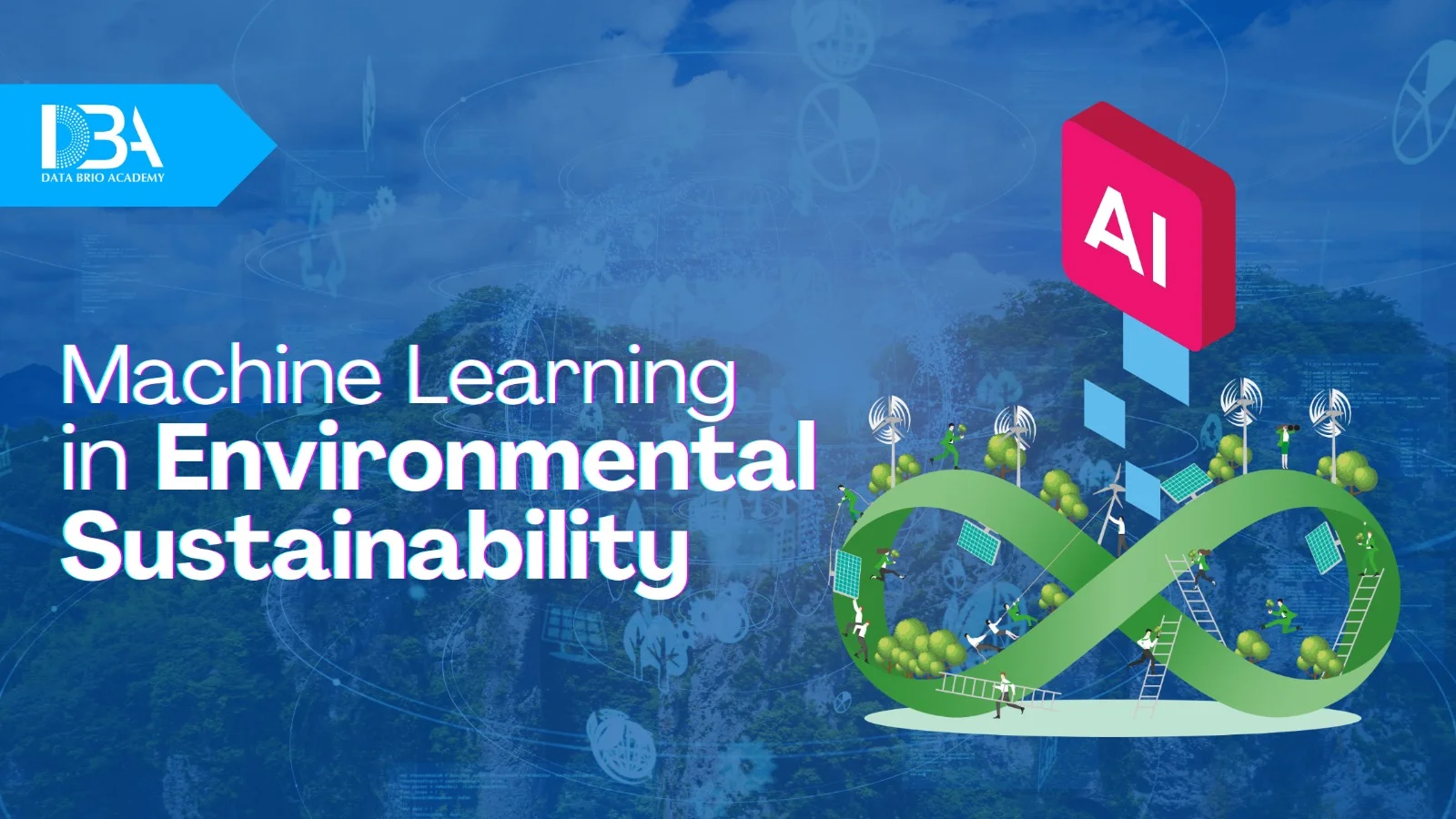Environmental-related issues such as pollution, climatic changes, and natural resource management are still persisting. With the continuous advancement of Artificial Intelligence (AI), environmental challenges can be solved by applying smart solutions.
With the availability of climate data, AI tools can process, interpret, and provide valuable insights to maintain sustainability. From reducing carbon footprints to energy efficiency advancements, AI technologies such as Machine Learning and Data Analytics can be harnessed to solve some of humanity’s most urgent environmental challenges.
Machine Learning in Environmental Sustainability
Machine learning (ML) is a concept that allows computers to learn from data, identify patterns, and arrive at decisions with minimal human intervention. In the case of sustainability, machine learning is acting as an innovation driver through optimized processes and curtailment of resource use.
- Predictive Analytics in Resource Management: ML algorithms can process large amounts of data and predict resource demand such as water, energy, or raw materials. Predictions will enable industries and governments to carry out resource allocation better, hence minimizing wastage and overuse.
- Optimization of Energy Efficiency: With the help of smart ML algorithms, AI can make accurate predictions for peak energy demand and enable automatic energy distribution without overloading. AI can also be utilized to optimize renewable sources of energy such as wind and solar by predicting weather patterns and adjusting the output accordingly.
- AI in Smart Grids: Machine Learning plays an important role in smart grids. They have enhanced energy efficiency by detecting any issues of power distribution, reducing energy loss, and optimizing the use of renewable energy. Smart grids can also support electric vehicle integration, hence leading to more sustainable energy usage.
Data Analytics for Environmental Monitoring and Protection
The process of data analytics is the examination of big data to derive useful information. This capability is used in sustainable approaches concerning environmental monitoring, tracking of pollution levels, and devising plans to guard ecosystems.
- Real-time Environmental Monitoring: AI-based data analytics platforms can track air quality, water pollution, and deforestation in real time to identify upcoming hazards.
- Carbon Footprint Reduction: Factories can track their carbon footprint with AI and data analytics and can implement processes to reduce CO2 emissions. AI also improves carbon capture and storage technologies, maximizing the capture process while predicting the best storage places.
- Sustainable Agriculture: Data analytics can help farmers increase crop yields while conserving scarce resources like water, pesticides, and fertilizers. Predictive analytics models track soil health, predict changes that are about to happen, and keep track of crop diseases, making precision farming possible.
Become a Master of Data Analytics with Data Brio Academy
To tackle environmental issues and provide smart solutions, you need to have an in-depth knowledge of Data Science and Machine Learning. No need to worry as Data Brio Academy is here to fulfill your dreams. Our comprehensive AI & ML program and Data Science course in Kolkata is designed to make you industry-ready. We provide state-of-the-art infrastructure, world-class industry leaders as faculty members, Capstone projects, and internships so that you become a master in the art of analytics.
Contact us to know more.
The most powerful tool to revolutionize environmental sustainability is modern technology. From resource management to carbon emission reductions and waste, modern technological applications open the gateway to a greener future. Going forward, innovation will continue to be a task where the role of AI in sustainability will continue to grow with new opportunities to protect the planet while advancing economic growth.

